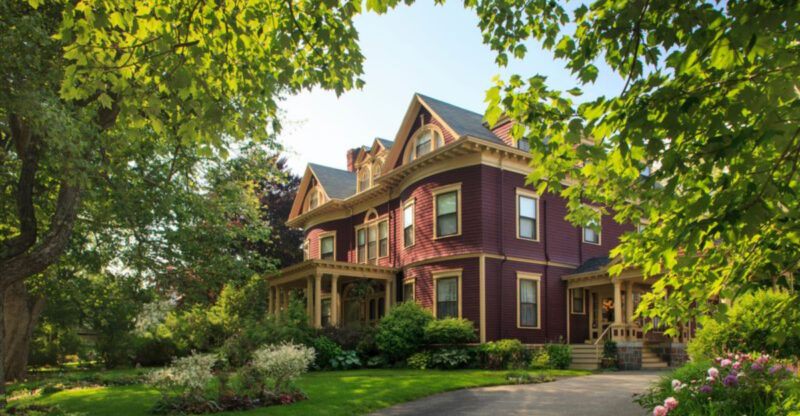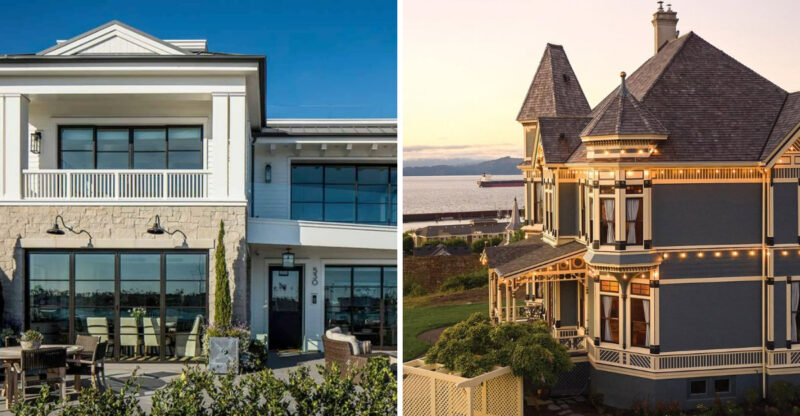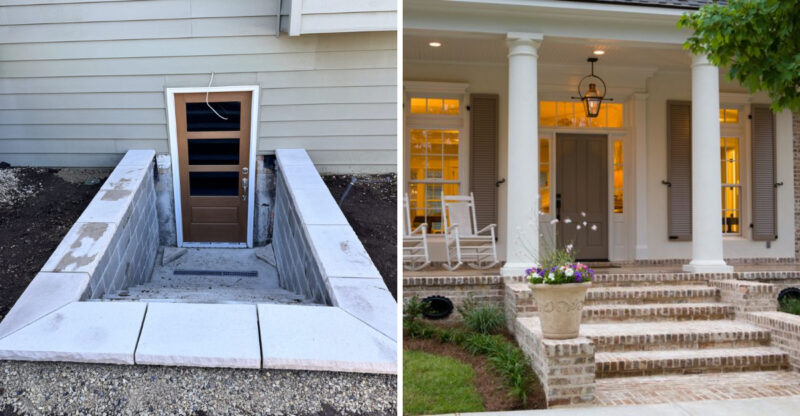13 Smart Solutions That Could Help Colorado Overcome Its Housing Shortfall
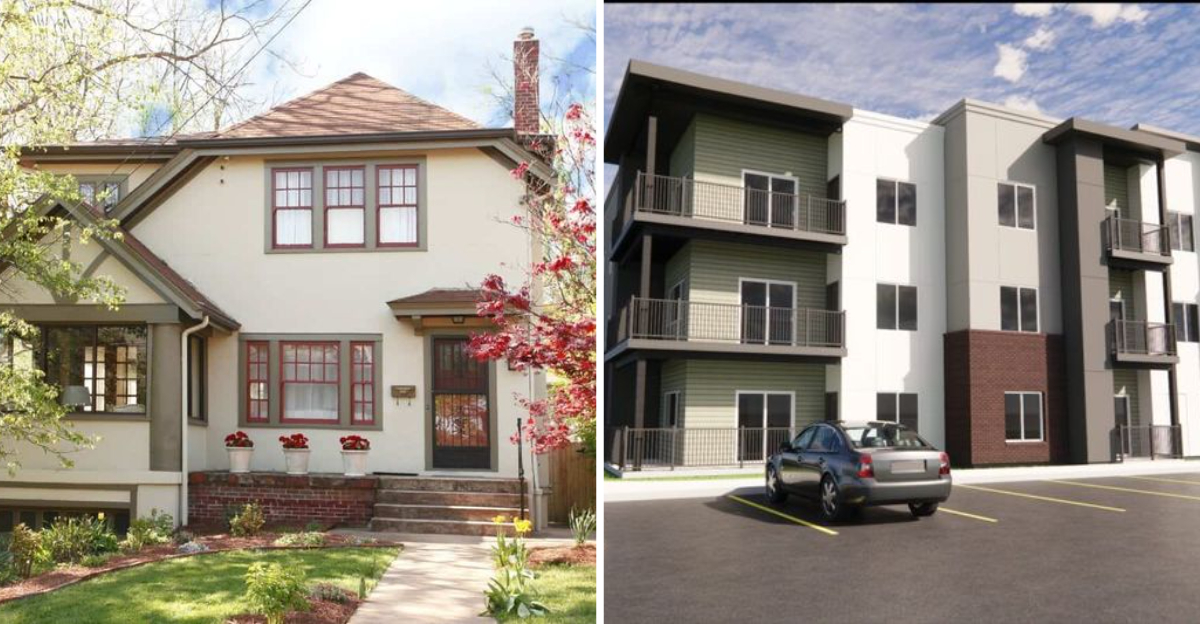
Colorado faces a serious housing crisis right now. Families across the state struggle to find homes they can actually afford, with over 240,000 affordable housing units missing from the market.
I want to share practical solutions that could make a real difference in solving this problem and helping more people find places to live.
1. Streamlining Permitting and Plan Review Processes

When builders wait months for permits, construction costs skyrocket. City officials can fix this by using smart technology like AI tools and shared digital platforms that speed up approvals.
These modern systems help reviewers check plans faster and catch problems earlier. Builders save money on pre-construction expenses, which means they can offer homes at lower prices.
Digital platforms also let different departments work together better instead of passing papers back and forth. Faster permits mean families can move into new homes sooner. It’s a win-win situation for everyone involved in the housing process.
2. Encouraging Innovative Construction Methods

Have you ever built something with LEGO blocks? Modular housing works similarly by building home sections in factories first. Workers then transport these pieces to the building site and snap them together like puzzle parts.
This method cuts construction costs by up to 25 percent compared to traditional building. Factory construction also protects materials from weather damage and speeds up the entire process.
Pre-approved accessory dwelling units make things even easier for homeowners. These smaller homes can be added to existing properties without lengthy approval processes, creating more housing options quickly and affordably.
3. Optimizing Funding and Financing

Imagine trying to bake a cake when someone gives you flour in January but sugar in June. Housing projects face similar problems when different agencies release funds at different times.
The Colorado Housing and Finance Authority and the Division of Housing need to coordinate their funding schedules better. When money arrives at the right time, builders can keep working without frustrating delays.
Aligned funding prevents projects from stalling halfway through construction. Developers can plan more accurately and finish homes on schedule. Better timing means more efficient use of taxpayer dollars and faster housing delivery for families waiting to move in.
4. Reforming Restrictive Land-Use Rules

Old zoning laws from decades ago often block new housing development today. Cities created rules limiting building heights and density when their populations were much smaller.
Updating these outdated codes opens doors for more affordable apartments and townhomes. Allowing multifamily buildings in commercial districts creates housing near jobs and shopping centers.
These changes help cities grow upward instead of only outward across valuable land. Taller buildings on smaller lots mean more families can live in walkable neighborhoods. Reforming zoning rules doesn’t mean destroying neighborhood character it means adapting to current needs while respecting community values and creating space for everyone.
5. Strengthening the Construction Workforce

Colorado needs 45,000 more construction workers by 2027 to build enough homes. Without skilled builders, even the best housing plans sit on paper instead of becoming real places to live.
Expanding apprenticeship programs gives young people valuable career paths while solving the worker shortage. These training opportunities teach practical skills that lead to well-paying jobs.
Vocational schools and community colleges can partner with construction companies to create more learning spots. When we invest in training programs now, we build both homes and futures. More trained workers mean faster construction, lower costs, and better quality homes for Colorado families.
6. Expanding Homeownership Opportunities

Saving for a down payment feels impossible for many working families today. Even when people earn decent incomes, coming up with thousands of dollars upfront blocks them from buying homes.
Down payment assistance programs help bridge this gap by providing grants or loans for initial costs. Low-interest mortgages reduce monthly payments, making homeownership realistic for more households.
These programs turn renters into homeowners, building wealth and stability for families. Owning a home means putting money toward equity instead of rent that never comes back. When more families can buy homes, entire communities become stronger and more stable over time.
7. Implementing Community Land Trusts

What if you could own a home but lease the land beneath it? Community Land Trusts work exactly this way, keeping housing affordable forever.
Nonprofit organizations buy land and lease it to homeowners at below-market rates. Families purchase only the house itself, which costs far less than buying both land and building.
When homeowners eventually sell, they keep some profit but must sell at an affordable price to the next qualified buyer. This model prevents displacement and helps working families build wealth without fueling price speculation. CLTs create permanently affordable housing that serves generation after generation of Colorado families.
8. Utilizing Underused Commercial Properties

Empty malls and abandoned retail stores dot Colorado’s landscape like forgotten monuments. Online shopping changed how we buy things, leaving massive buildings sitting vacant and useless.
Converting these spaces into apartments and mixed-income housing solves two problems at once. Communities get desperately needed homes while revitalizing neglected areas.
These properties already have parking, utilities, and good locations near roads and services. Redevelopment costs less than building from scratch on raw land. Turning dead retail space into vibrant housing communities breathes new life into struggling neighborhoods. Former shopping centers can become thriving residential areas where families live, work, and play together.
9. Allowing Accessory Dwelling Units

Your backyard could hold the solution to Colorado’s housing shortage. Accessory Dwelling Units, often called granny flats or backyard cottages, add small homes to existing properties.
These units provide affordable rentals while giving homeowners extra income to help with mortgage payments. Cities that streamline ADU permits make it easy for property owners to add these valuable housing options.
ADUs work great for aging parents, adult children, or renters needing affordable places near jobs and schools. They increase housing density without changing neighborhood character. When policies encourage ADU construction, everyone benefits from more housing choices and stronger community connections between neighbors.
10. Implementing Inclusionary Zoning Ordinances

Did you know cities can require developers to include affordable units in new buildings? Inclusionary Zoning Ordinances make this happen by setting aside a percentage of apartments for working families.
Developers who build luxury apartments must also create some units priced for teachers, nurses, and other essential workers. This policy mixes different income levels in the same neighborhoods.
Instead of separating rich and poor families into different areas, inclusionary zoning creates diverse communities. Kids from different backgrounds attend the same schools and play in the same parks. These ordinances ensure that new development benefits everyone, not just wealthy buyers looking for premium housing options.
11. Reducing Parking Requirements Near Transit
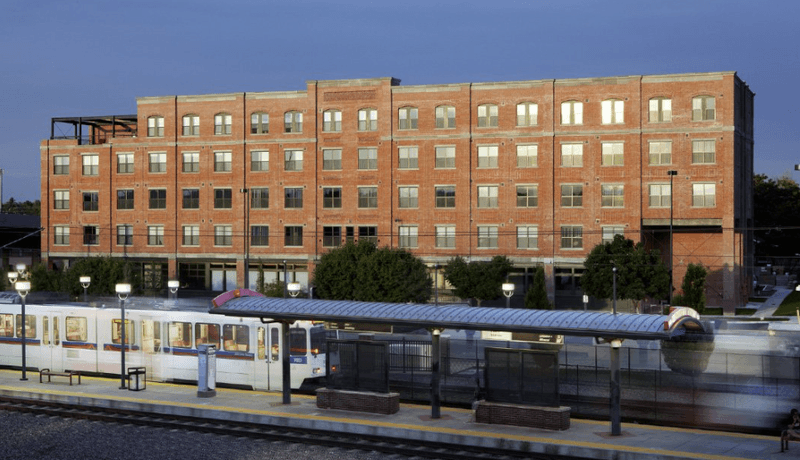
Building parking spaces costs serious money up to $50,000 per spot in parking structures. When cities require too many parking spaces, housing costs rise dramatically.
Near bus lines and train stations, people need fewer cars because public transit works well. Eliminating parking mandates in these areas lets builders create more affordable apartments instead of expensive parking garages.
Lower construction costs mean lower rents for families living near transit. Residents save money by using buses and trains instead of owning cars. Reducing parking requirements makes environmental sense too, encouraging more people to choose sustainable transportation. It’s smart policy that benefits budgets, communities, and our planet.
12. Leveraging State and Local Funding

Colorado voters approved Proposition 123, dedicating state funds specifically for affordable housing. Local communities also created their own funding programs to support housing development.
These financial resources help nonprofits and developers build homes that working families can actually afford. State and local funding fills gaps that private investors won’t cover.
Money from these programs preserves existing affordable housing and creates new units across Colorado. Strategic investments in housing infrastructure pay dividends for decades to come. When government prioritizes housing funding, communities grow stronger and more inclusive. Every dollar invested today helps families find stable homes tomorrow, creating lasting positive impacts throughout the state.
13. Enhancing Data Analytics and Program Evaluation

How do we know which housing programs actually work? Data analytics provides the answer by tracking results and measuring impact.
Smart monitoring systems show which initiatives create the most affordable homes for each dollar spent. Officials can adjust strategies based on real evidence instead of guesses.
Regular program evaluation helps identify problems early before wasting resources on ineffective approaches. Data-driven decisions ensure taxpayer money goes toward high-impact projects that truly help families. Analytics also reveal changing needs so programs adapt to current challenges. When we measure what matters, we can continuously improve housing solutions and serve Colorado communities more effectively over time.

